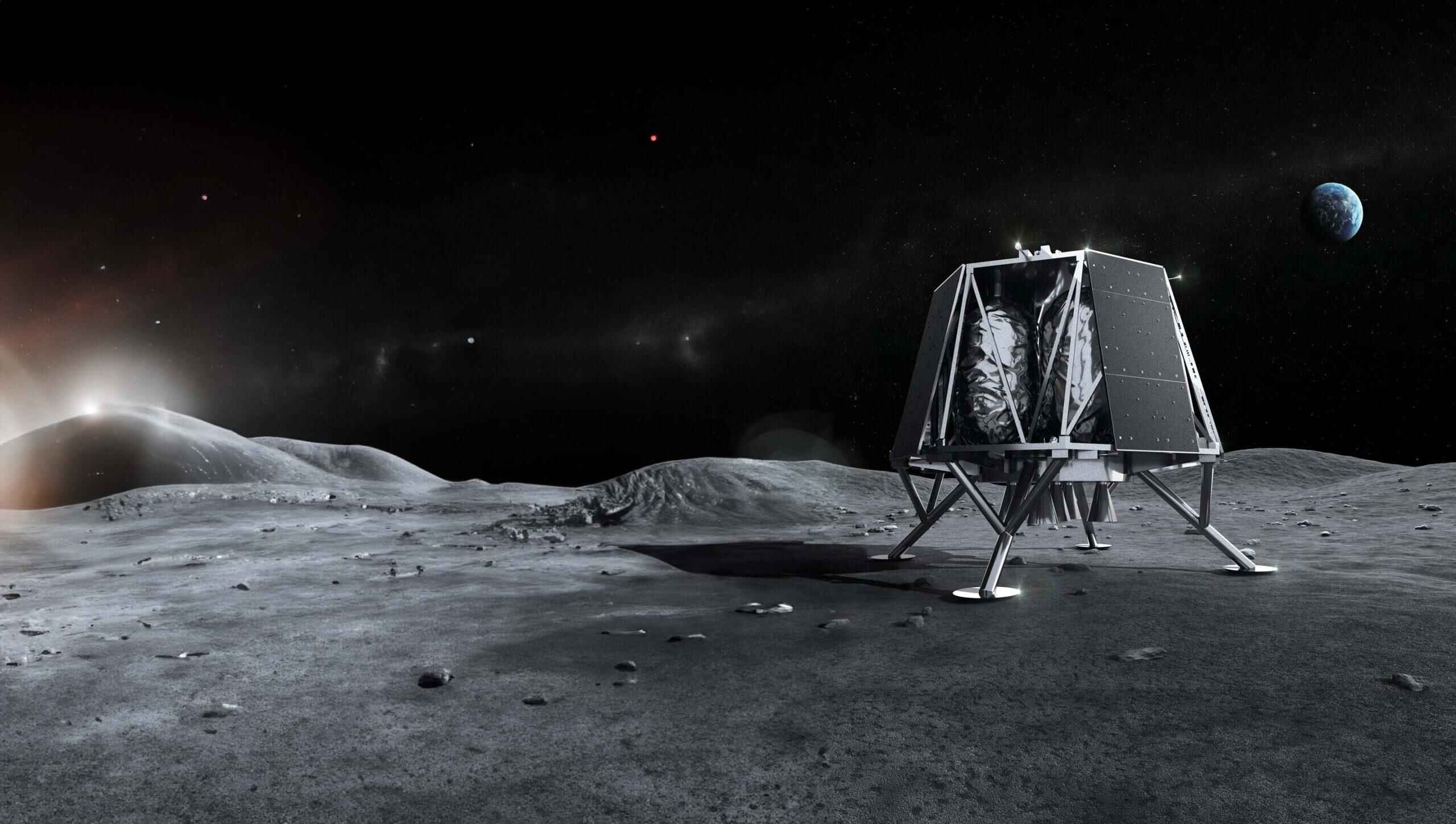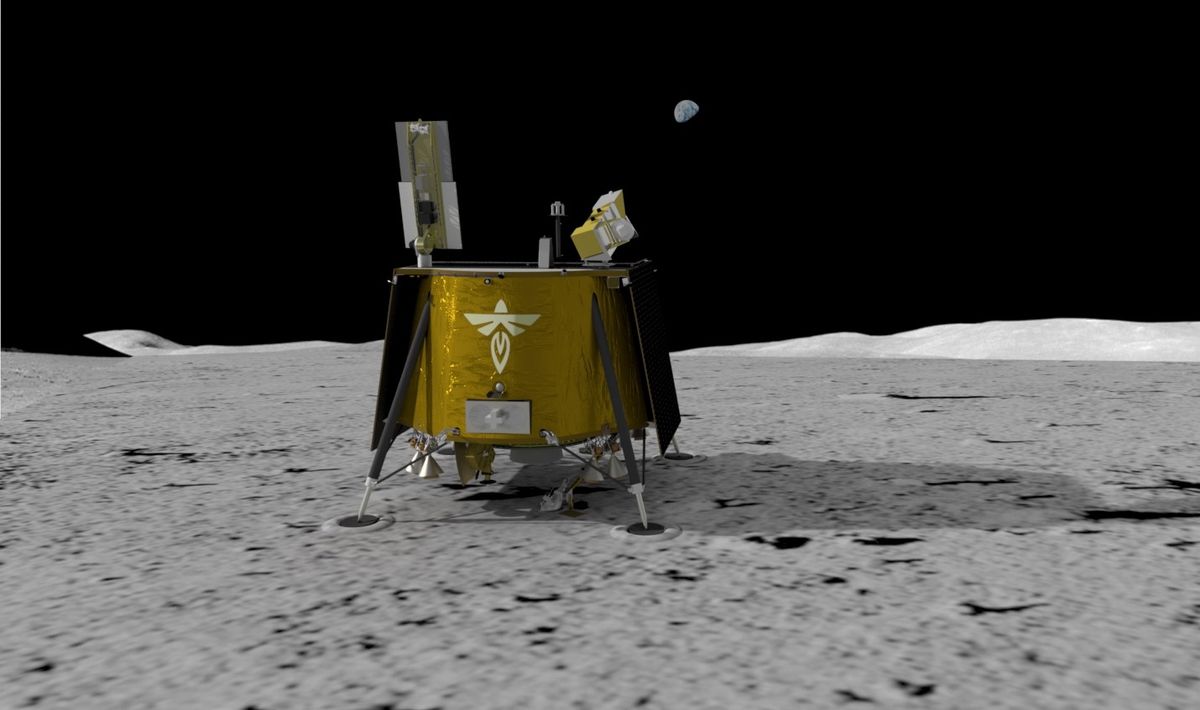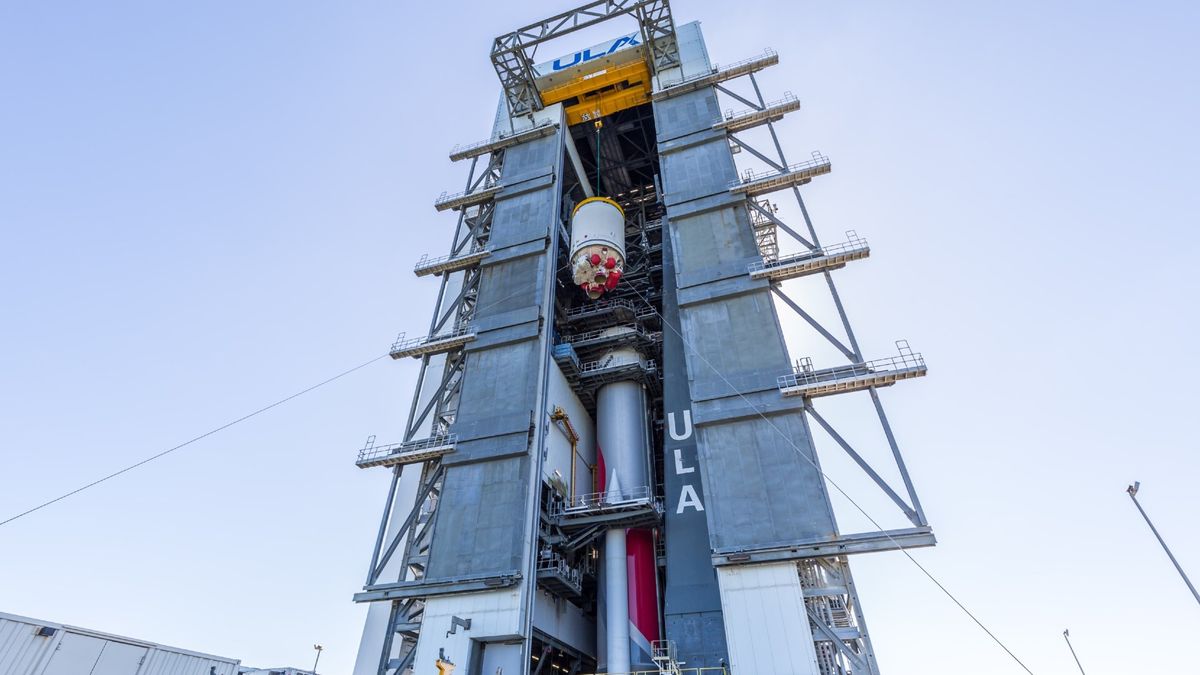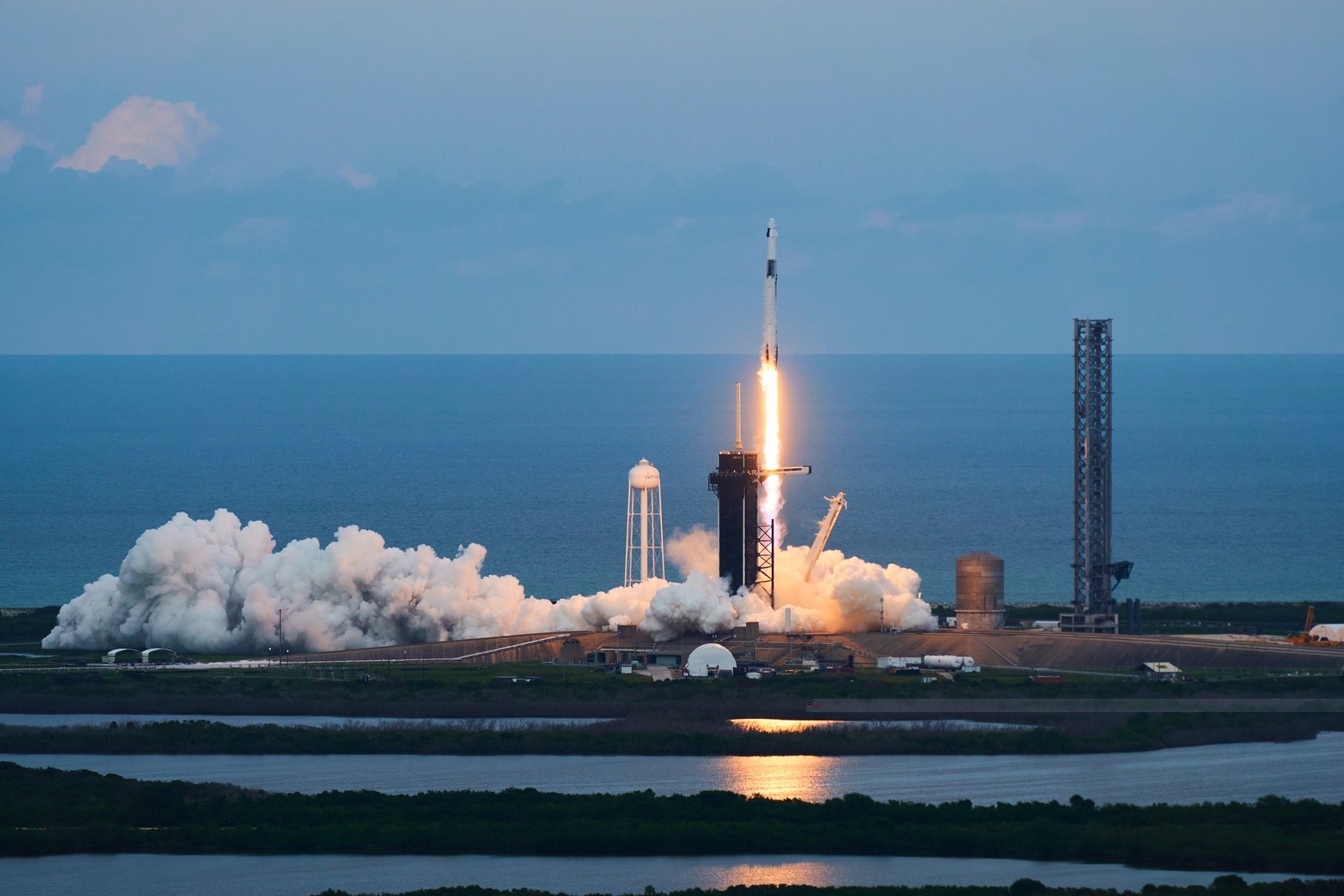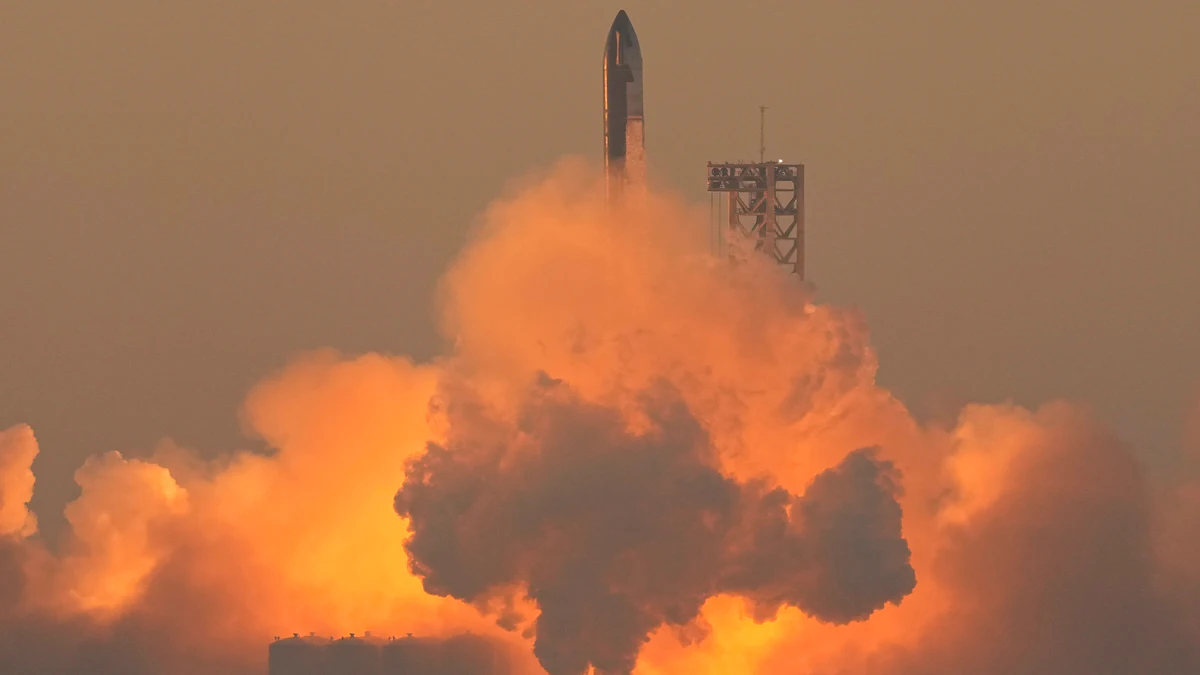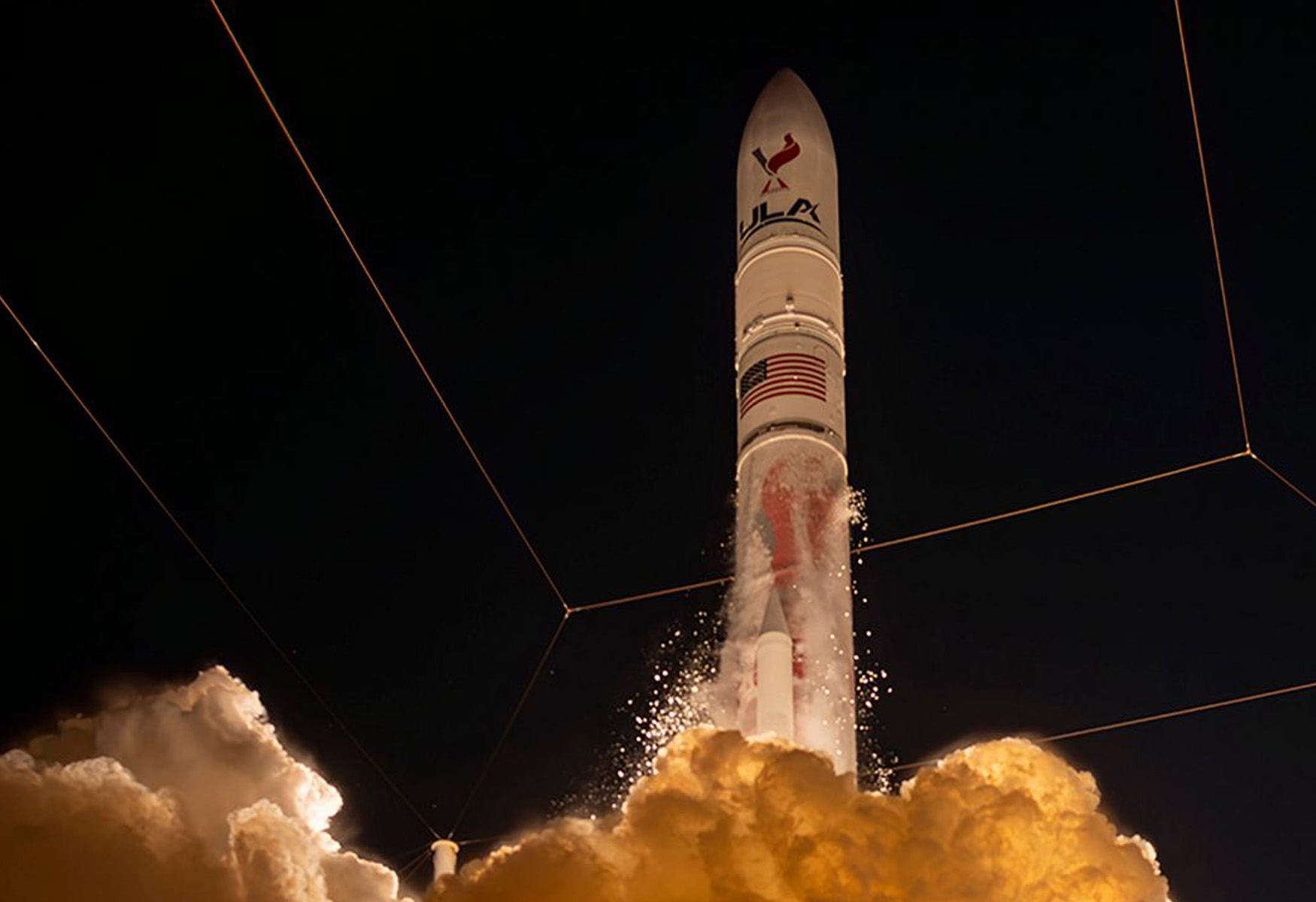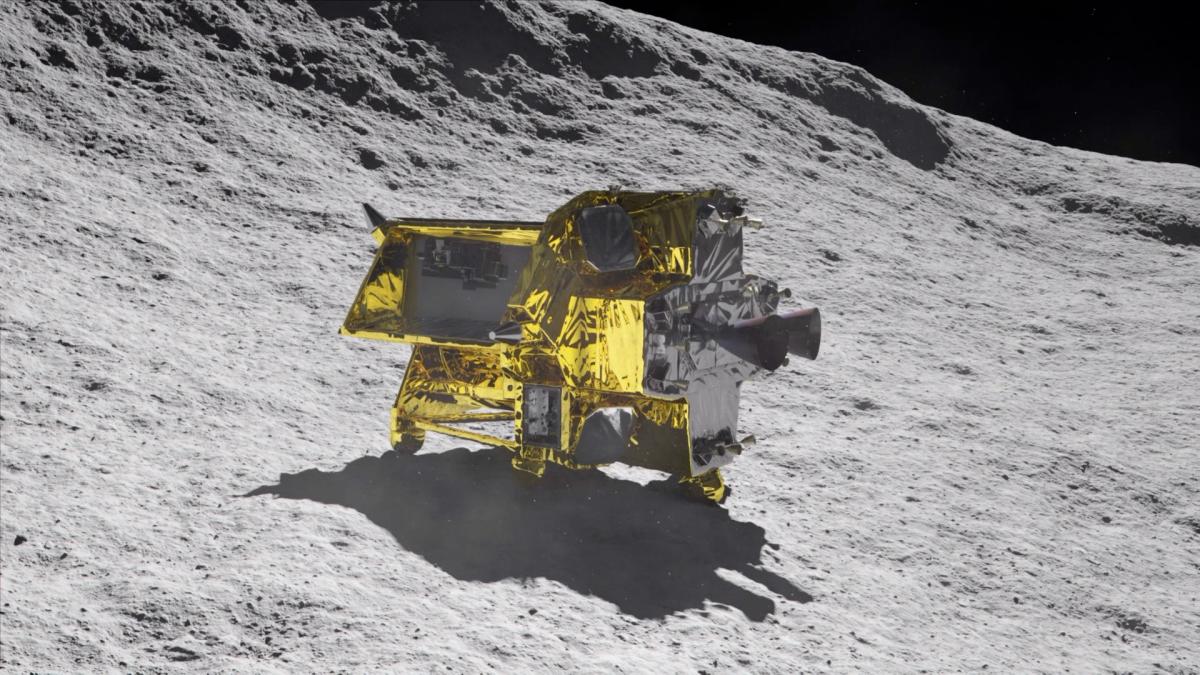Japanese space company ispace has made significant investments in its U.S. subsidiary, ispace technologies U.S., as it aims to capitalize on the increasing interest from NASA and the Pentagon in lunar technologies. With a commitment to the U.S. market, ispace has invested over $40 million in its subsidiary to-date.
Key Takeaway
Japanese space company ispace has announced its new lunar lander, Apex 1.0, which will fly on its third mission in partnership with Draper Laboratory. With an increased capacity of up to 300 kilograms, Apex 1.0 is a significant improvement over ispace’s first lander. The mission, originally scheduled for 2025, has been delayed to 2026 to accommodate the transition from the Series 2 lander design to Apex 1.0. Team Draper, along with other companies, is vying to be the first to land a commercial lander on the moon under NASA’s CLPS program.
Commitment to the U.S. Market
“The level of investment reflects our strong commitment to the U.S. market,” stated CEO Takeshi Hakamada. He further emphasized the company’s strategic commitment to contribute to government missions and create a cislunar ecosystem from the United States.
The U.S. subsidiary, headquartered in Denver, Colorado, currently employs more than eighty professionals. Ronald J. Garan, a former NASA astronaut and SVP of World View, was appointed CEO of the U.S. business in June.
Introducing Apex 1.0 Lunar Lander
ispace has also unveiled its latest lunar lander, called Apex 1.0, which will replace the previous iteration, Series 2. Apex 1.0 is specifically designed for short trajectory flights to the moon and has a remarkable capacity of carrying up to 300 kilograms to the lunar surface. This is a significant improvement compared to ispace’s first lander, Series 1, which had a much smaller capacity.
Apex 1.0 is planned to be launched on ispace’s third mission, conducted in collaboration with Draper Laboratory to transport payloads to the far side of the moon for NASA. The $73 million contract, awarded to Draper, ispace, General Atomics Electromagnetic Systems, and Systima Technologies, is scheduled for 2026 due in part to the transition from the Series 2 lander design to Apex 1.0.
Winning the Race
Together with Firefly Aerospace, Intuitive Machines, and Astrobotic, ispace’s Team Draper is among the recipients of contracts under NASA’s Commercial Lunar Payload Services (CLPS) program. These companies are all competing to become the first to successfully land a commercial lander on the moon.
“The updated schedule allows Team Draper and ispace – U.S. to accommodate sensitive payloads by utilizing Apex 1.0’s enhanced capabilities for Mission 3, which aims for a technically challenging landing location on the far side of the Moon,” explained the company in a statement.







